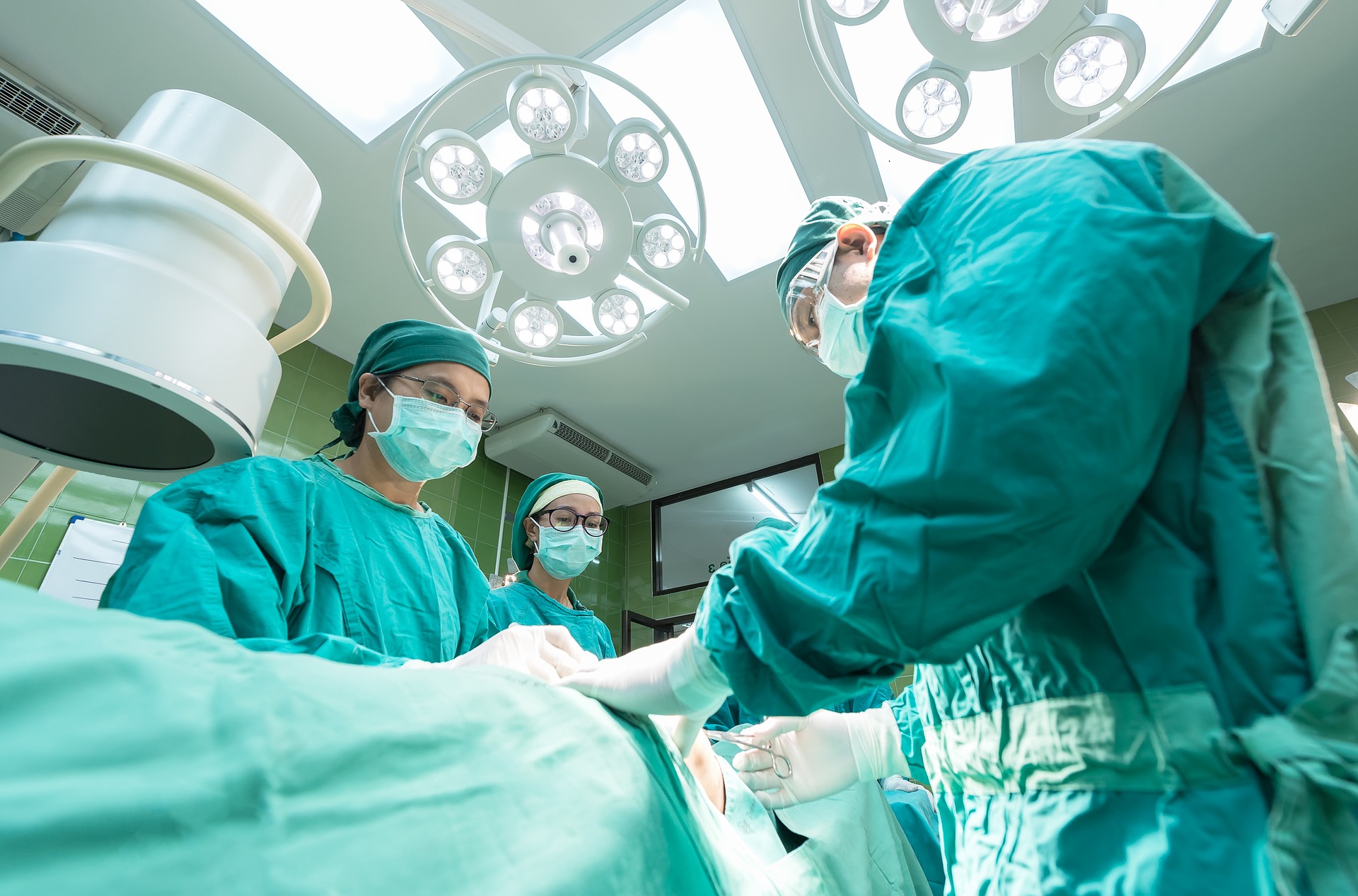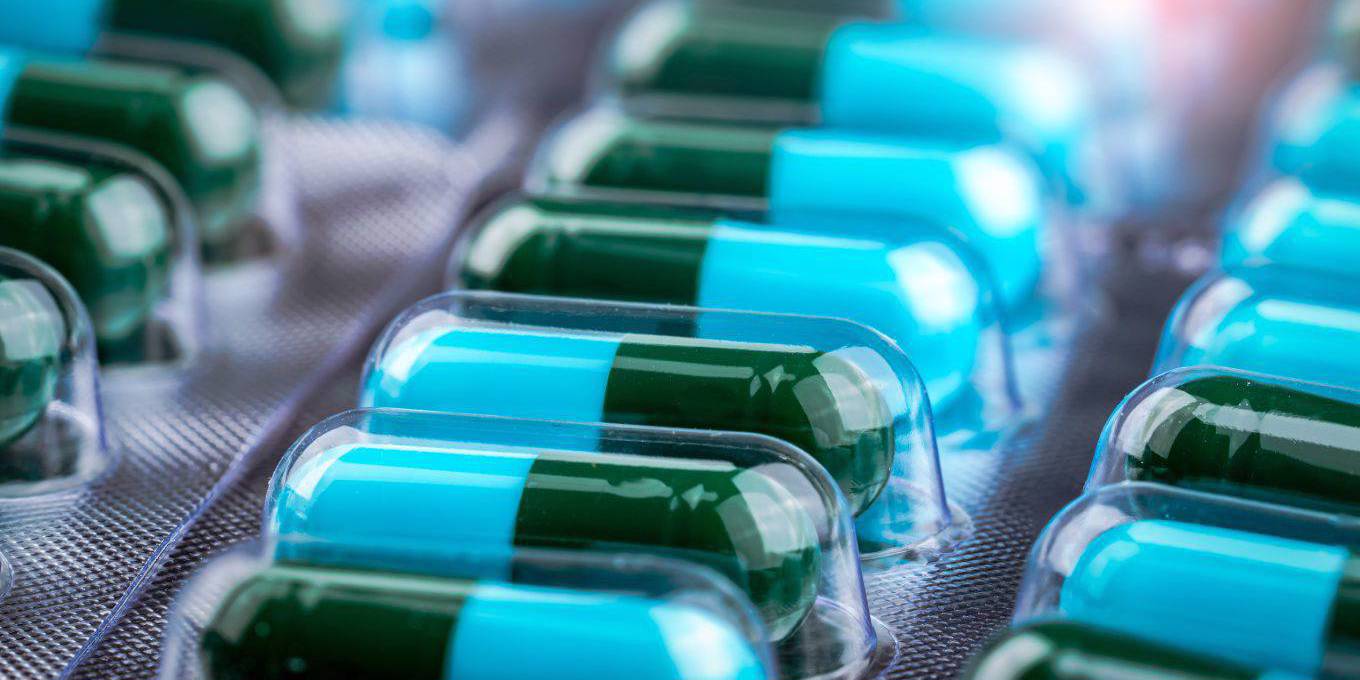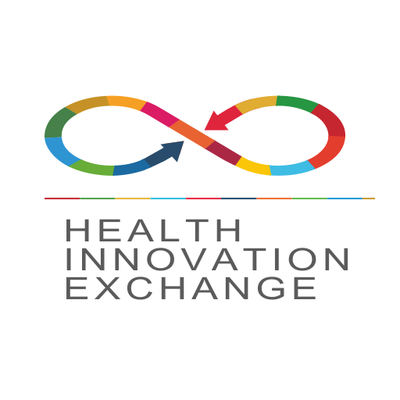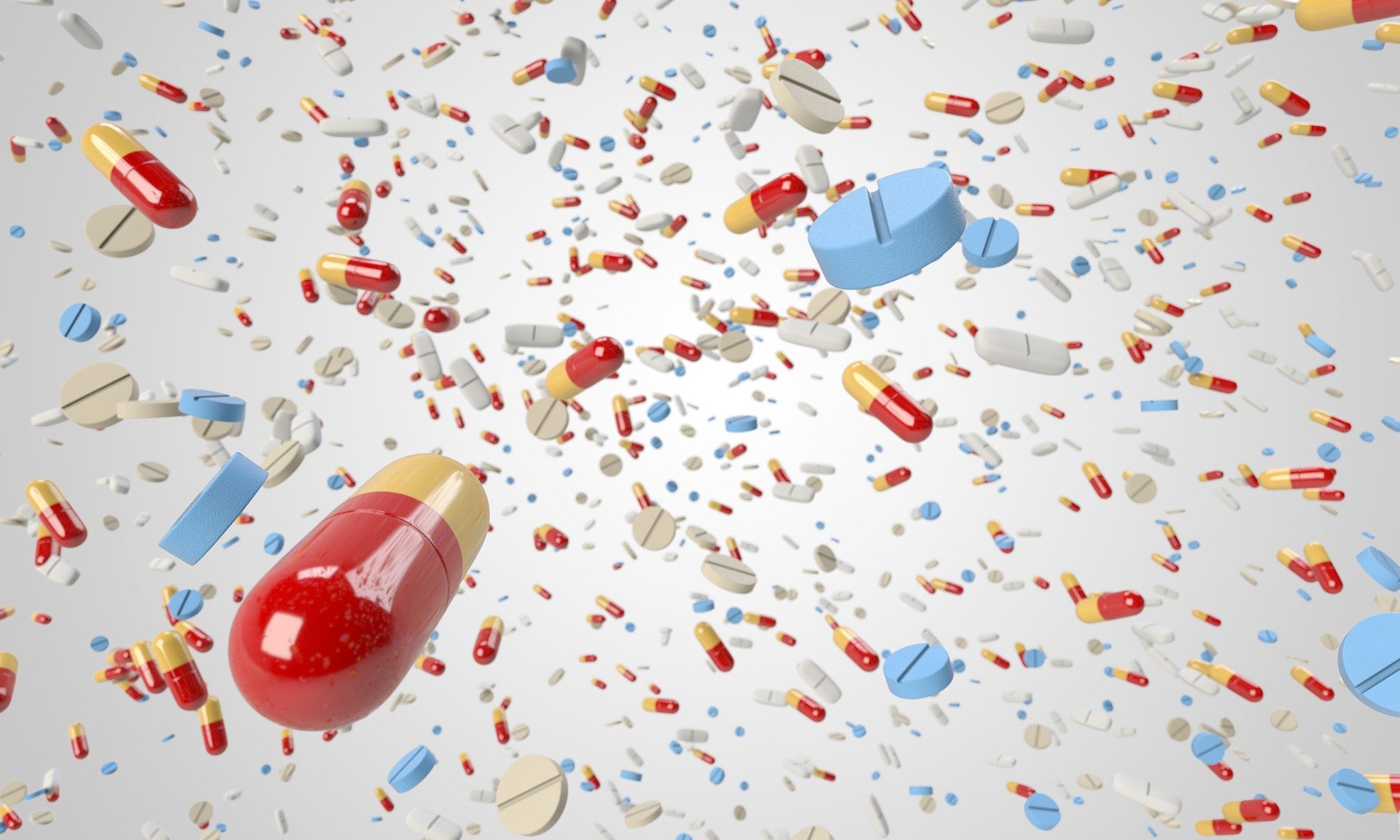This is no longer a rare occurrence. The increasing use of antibiotics both in medicine and farming around the world is constantly causing bacteria to mutate and become resistant to drugs.
The true cost of antibiotic resistance in Britain and around the world

When Kirsten Lavine went into hospital three years ago, it was for a routine procedure. She was having a hysteroscopy, where doctors feed a thin telescope into the womb to check for abnormalities. Thousands are performed across the country every year and Kirsten was home within hours.
That night she felt a searing pain in her abdomen. She took painkillers but after a sleepless night she went back to hospital, where things went from bad to worse. Her skin became mottled and she was breathless. She was just 43 years old.
Doctors realised she had an infection in her bloodstream and was going into septic shock. She was rushed to intensive care but her blood pressure dropped and her organs began to shut down. She was fed intravenous antibiotics and put into an induced coma, but the infection raged on.
Her partner was told she may not live. She wasn’t responding to antibiotics, said the doctors, because the infection was from a strain of E. coli bacteria which was resistant to drugs.
And it’s not only bacterial infections which are becoming resistant but viruses like HIV, fungal infections such as thrush and parasitic infections like malaria. All over the world doctors are finding drugs used to treat these conditions – called antimicrobials – are failing.
Official figures suggest antimicrobial resistance (AMR) claims the lives of 5,000 people a year in the UK, though experts have argued the real figure is at least double that. Getting global figures on the problem is difficult but reliable estimates suggest 700,000 are already dying each year – one person a minute.
If no action is taken the death toll could rise to 10 million a year by 2050, a government-commissioned report, chaired by ex-Goldman Sachs economist and finance minister Lord Jim O’Neill found. This is more people than currently die of cancer.
Age is no barrier, with resistant infections suffered by the young and fit as well as the frail. No doctor can predict when an infection will be resistant. Sir Bruce Keogh, a cardiac surgeon who recently stepped down as medical director of the NHS after a decade, said he, like many NHS doctors and nurses, had seen patients die because of resistance, leaving him with a “deep sense of futility and hopelessness”.
n a typical scenario a patient would be operated on and then develop an infection. Antibiotics would be given but the patient would not respond because the bug was resistant. By the time a more powerful antibiotic could be administered the patient – already weakened by surgery – would die.
“I’ve watched patients deteriorate in in front of my eyes because the germs are resistant. It’s a terrible thing for the patient and the family and all concerned.
“People think of this as a problem of the future but the reality is it is a problem now and it’s likely to get a lot worse in years to come,” said Sir Bruce.
The fallout doesn’t only come in deaths. Drug resistance means people suffer infections for longer than if the bugs could be killed with the usual course of antibiotics. This can result in devastating and disabling medical complications like amputations, brain damage and impairment of vital organs.
Resistance also causes repeat visits to GPs, longer stays in hospital and treatment with more expensive drugs. One super-bug outbreak in Manchester has cost a single hospital trust £8.4 million and is still ongoing. The World Bank has estimated it could cost the world economy $1 trillion every year after 2030.
So how did we get to a place where a common graze or a urinary tract infection could prove fatal? Who and what is feeding it? And how can we fight back?
Life-saving drugs
Antibiotics are actually a relatively new medical phenomenon – not much older than the NHS itself. Right up until the 1940s, when drugs such as penicillin and arsphenamine started being mass produced, hospital wards were full of people dying of common infections.
In medicine, antibiotics allowed for procedures like joint replacements, organ transplants, bowel surgery, Caesarean sections and chemotherapy for cancer. Without them, the threat of infection would be too high. Some hospitals in Italy which are plagued with high rates of multi-drug resistant bugs have already had to suspend bone marrow transplants.
Borders are no protection
The only way to stop resistance developing is to expose microbes to crucial antimicrobials only when absolutely necessary.
In the UK there has been a concerted effort to reduce unnecessary or inappropriate antibiotic use in the healthcare system, with incentivised targets introduced in GP practices and hospitals to halve inappropriate prescribing by 2020.
The government has also launched a public awareness campaign asking people not to pester their GP for antibiotics and to take them as directed.
Across primary care prescriptions fell by 5.1 per cent between 2011 and 2016, though they rose within hospitals.
However, there is still significant variation in antibiotic use across the country and a recent Public Health England report found a fifth of prescribing by GPs is still inappropriate.
While some progress has been made in the UK and across other western European countries, the global picture is alarming, as the data released earlier this week attests.
In many countries weak regulation means it is still possible to buy antibiotics and other antimicrobials over the counter with no diagnosis or prescription, leading to inappropriate consumption.
The position is made worse by pharmaceutical companies which typically abide only by local rules rather than the much tougher international recommendations and standards.
Fonte: The Telegrafh


